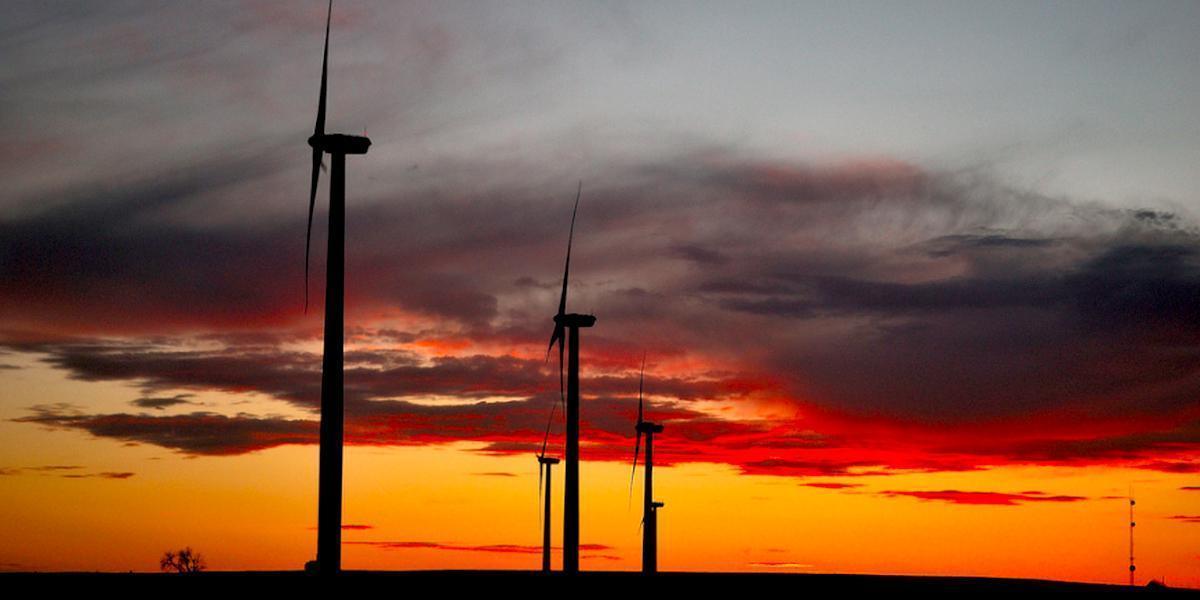
Oklahoma Ends Wind Subsidy Despite Generous Tax Breaks for Fossil Fuel Industry

Oklahoma Gov. Mary Fallin signed a bill into law Monday that will end a state tax credit several years early for electricity generated by wind power.
Under the new legislation, wind farms that start producing energy after July 1 will not be able to claim the state’s “zero emission tax credit” program. The credit was originally set to expire in January 2021.
Fallin acknowledged that the program, which pushed claims from $3.7 million in 2010 to $113 million in 2014, helped Oklahoma become the third-largest producer of wind power in the country. However, the Republican governor noted that the state’s estimated $868 million budget shortfall necessitated the phaseout of wind incentives.
“The zero emissions tax credit was key to the growth of wind energy in Oklahoma, and I’m grateful to the industry for their ambitious successes, as well as their willingness to work with the state to address our challenging budgetary circumstances,” Fallin said. “It is time to ensure that Oklahoma has a bright future, and continues its position as a prominent energy state.”
The measure appeared to have support from the wind industry itself. Jeffrey Clark, president of The Wind Coalition, told The Oklahoman that the incentives have been “incredibly beneficial, but we remain the first and only industry to offer to phase out its incentives.”
But Fallin and state lawmakers have been criticized for keeping generous tax breaks in place for the oil and gas industry while squeezing other public services such as school funding during the budget crisis.
As the Associated Press reported:
Even then, the revenue generated by wind facilities won’t “move the needle very much on the state budget,” said Dr. Stephen Stadler, a board member of the Oklahoma Renewable Energy Council. He said lawmakers should roll back other tax credits and incentives, including generous subsidies provided to the oil and natural gas industry.
“Can we afford those subsidies?” he asked. “Things are not even. It’s not a level playing field.”
Oklahoma’s wind subsidies are dwarfed by subsidies to the oil and gas industry, David Blatt from the Oklahoma Policy Institute pointed out.
“The estimates of the cost of subsidies for wind producers vary, but we do know they are substantially less than the $400 million to $600 million cost of subsidies for oil and gas,” Blatt wrote.
Fallin’s executive budget proposed in February sought to phase out wind incentives that she said are no longer necessary.
“This industry was incentivized sufficiently to now be a major player in the Oklahoma energy industry, and a major winner of now-unnecessary incentives,” the budget read.
The Oklahoman reported last year that state fossil fuel executives, including oilman and Trump advisor Harold Hamm, had formed a coalition to lobby for the end of wind tax credits in the state.

 233k
233k  41k
41k  Subscribe
Subscribe 